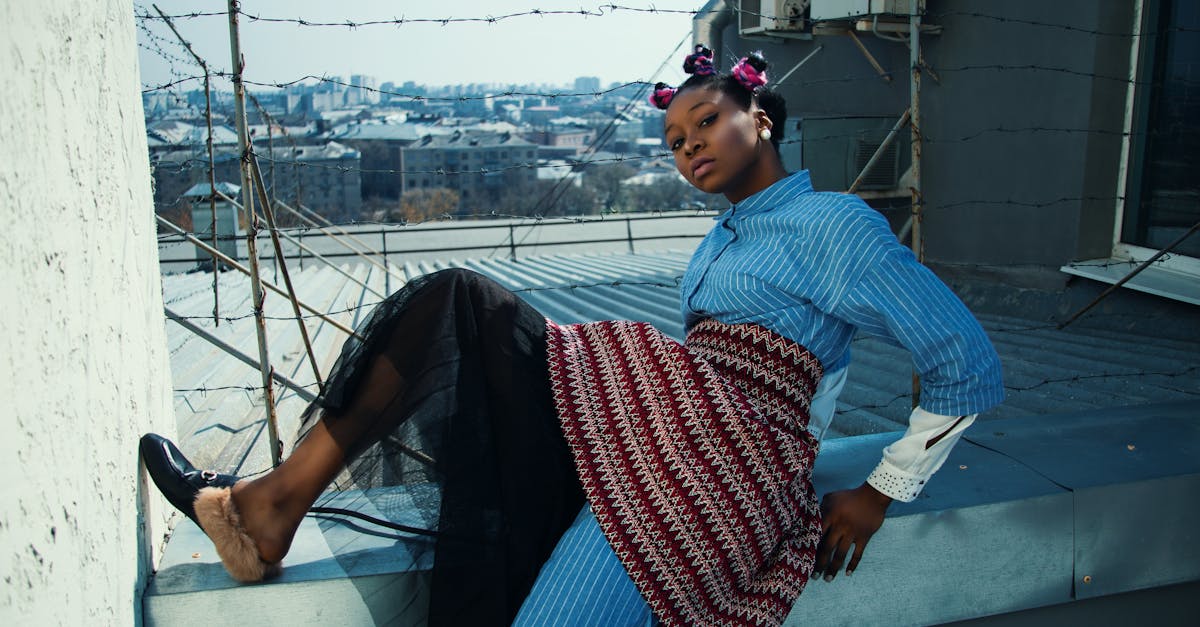
Table Of Contents
Incorporating Shading Solutions to Reduce UV Exposure
Shading solutions can play a crucial role in reducing UV exposure and protecting standing seam metal roofs. By incorporating shading structures such as pergolas, awnings, or trees strategically around the building, direct sunlight can be minimized, thereby lowering the impact of UV radiation on the metal surface. Additionally, reflective coatings or paints applied to these shading elements can enhance their effectiveness in deflecting harmful UV rays away from the roof.
Strategic placement of shading solutions is vital in mitigating UV damage to standing seam metal roofs. Areas with prolonged sun exposure, such as the roof's southern-facing side, should receive priority when implementing shading solutions. Furthermore, integrating adjustable shading elements allows for flexibility in controlling UV exposure throughout the day, especially during peak sunlight hours. By considering these factors and investing in suitable shading solutions, building owners can significantly prolong the lifespan of their metal roof while safeguarding it against UV-induced deterioration.
Tips for adding shade to protect metal roofs from direct UV radiation
Adding shade to your metal roof is a crucial step in protecting it from direct UV radiation. One effective way to achieve this is by installing trees or vines strategically around your property. Not only will this provide natural shade for your roof, but it can also enhance the visual appeal of your home.
Another approach is to consider installing pergolas or awnings near your roof to create a barrier against intense sunlight. These structures not only offer shade but can also serve as functional outdoor living spaces. By incorporating these shading solutions, you can significantly reduce the exposure of your metal roof to harmful UV rays, prolonging its lifespan and maintaining its structural integrity.
Understanding the Role of Ventilation in UV Damage Prevention
Proper ventilation plays a crucial role in preventing UV damage to standing seam metal roofs. Ventilation systems help in reducing the accumulation of heat on the roof's surface, which can exacerbate the effects of UV radiation. By allowing air to circulate freely beneath the metal panels, ventilation helps dissipate heat and maintains a more stable temperature, ultimately extending the lifespan of the roof.
In addition to temperature regulation, ventilation also aids in moisture control. Excess moisture can lead to corrosion and degradation of the metal roof, especially when combined with intense UV exposure. Ventilation systems help in reducing humidity levels within the roof assembly, mitigating the risk of moisture-related issues that can be exacerbated by UV radiation. By maintaining proper airflow and moisture levels, ventilation systems significantly contribute to the overall protection and longevity of standing seam metal roofs.
How ventilation systems can help in reducing UVrelated issues on metal roofs
Ventilation systems play a crucial role in reducing UV-related issues on metal roofs. By promoting air circulation, these systems help in preventing heat buildup, which can accelerate the deterioration of the roof due to UV exposure. Proper ventilation also aids in maintaining consistent temperature levels, reducing the expansion and contraction of the metal, and thereby minimizing the risk of cracks and leaks caused by UV damage.
Furthermore, adequate ventilation on metal roofs can help in dissipating moisture buildup, preventing the formation of condensation. Excess moisture on the roof's surface not only accelerates the effects of UV radiation but also increases the likelihood of corrosion and mould growth. By ensuring optimal airflow, ventilation systems contribute to preserving the integrity and longevity of metal roofs, protecting them from the harmful effects of prolonged UV exposure.
Utilising Sealants and Caulks to Prevent UVInduced Leaks
Sealants and caulks play a crucial role in protecting standing seam metal roofs from UV-induced leaks. These products help in sealing the joints and gaps in the roofing system, preventing water infiltration that can result in damage over time. By applying high-quality sealants and caulks to the seams and flashing of the metal roof, you create a barrier that safeguards against UV exposure and potential leak points.
Regular inspection and maintenance of the sealants and caulks are necessary to ensure their effectiveness in preventing UV-induced leaks. Over time, exposure to the sun's UV rays can cause these protective materials to deteriorate, leading to gaps and cracks that compromise the roof's integrity. By scheduling routine check-ups and resealing any areas showing signs of wear, you can prolong the lifespan of your metal roof and maintain its resistance to UV-related issues.
Importance of sealing roof joints to avoid UVrelated leaks
Sealing roof joints is a crucial step in protecting metal roofs from UV-related leaks. When these joints are not properly sealed, UV rays can penetrate through the gaps, causing damage to the roof structure over time. To prevent such issues, it is essential to use high-quality sealants and caulk that are specifically designed for metal roofing materials. By ensuring tight seals around all joints, you can effectively block UV rays from entering and causing potential leaks.
Homeowners can protect their standing seam metal roofs from UV damage by incorporating shading solutions, ensuring proper ventilation, and regularly inspecting and sealing roof joints.